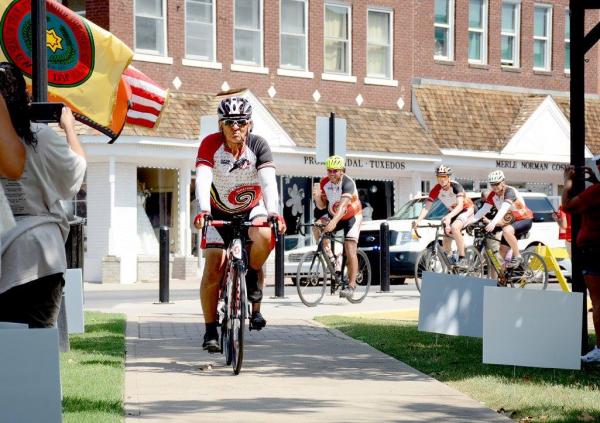History News Network has a good article up, “What to the Slave is the Fourth of July?” by Anne Pastore. It’s good reading for Colonial Day. Here’s just a bit:
African-American attitudes leading up to the Civil War toward Independence Day itself were perhaps best expressed by Frederick Douglass in his 1852 speech named after its most famous line, “What to the Slave is the Fourth of July?” Asking the crowd why they have asked him, a black man, to speak on this occasion celebrating freedom in a country where his people are not free, his oration demands acknowledgement of slavery, “the great sin and shame of America.”
“Your high independence only reveals the immeasurable distance between us. The blessings in which you, this day, rejoice are not enjoyed in common. The rich inheritance of justice, liberty, prosperity, and independence bequeathed by your fathers is shared by you, not by me. The sunlight that brought light and healing to you has brought stripes and death to me. This Fourth of July is yours, not mine. You may rejoice, I must mourn.”
I learned a few things I didn’t know, and I have yet more reading to do. Wherever there’s a declaration of independence, there’s often a pile of bodies under that declaration, and it’s important to remember the cost to all peoples, not just the spoils of the victors.
There’s a great need for such reflection, because the March of American Stupidity stomps on:
The one-time Florida representative and retired U.S. Army lieutenant colonel GOP Rep. Allen West is extremely concerned by his observation that Americans use the phrase “Happy Fourth of July” to greet each other instead of “Happy 240th American Independence Day,” or better yet, “Steadfast and Loyal, Happy 240th American Independence Day.”
West is afraid that the country is not only becoming less Christian, but also less patriotic.
“I’ve noticed something as it relates to today and that which it represents,” West wrote on his blog. “We’ve seen our move away from Merry Christmas to Happy Holidays, and even Happy Winter Solstice. We’ve become so damaged by the talons of political correctness that it now threatens the very existence of our Republic. And I mean its very founding.”
[…]
He concludes, “On June 14th 1775 our Continental Army was formed, the motto of today’s U.S. Army is ‘This We’ll Defend.’ Let us all defend these free and independent states from a new tyranny and make a stand for Life, Liberty, and the Pursuit of Happiness…not charlatans who believe they can promise our individual happiness. Steadfast and Loyal, Happy 240th American Independence Day!”
Mr. West, you can take your Steadfast and Loyal, Happy 240th American Independence Day and shove it. Full story here.





























